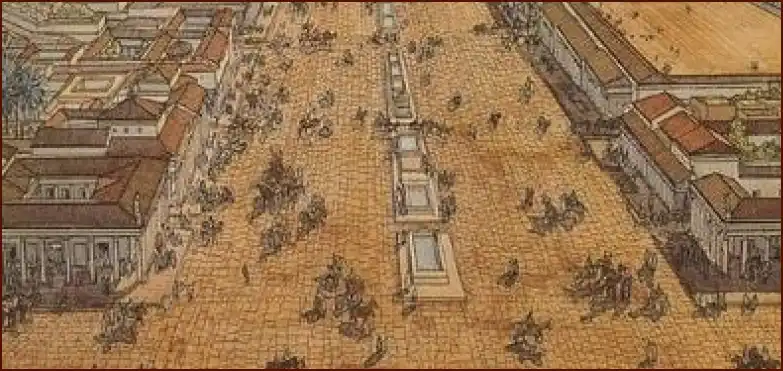While much Hellenistic poetry is known for its refinement and elegance, the era also saw the continuation of a much older and more aggressive genre: iambic poetry. Traditionally associated with blame, invective, and personal attack, iambic poetry has its roots in the Archaic period with poets like Archilochus. Hellenistic poets, ever conscious of their literary heritage, adopted this form and adapted it to their own scholarly and competitive world.
Table of Contents
Understanding Hellenistic iambic poetry means recognizing its blend of traditional aggression with a new, highly literary and allusive style. These were not spontaneous outbursts of anger but carefully crafted poems designed to showcase the poet’s wit and learning, often directed at literary rivals or social transgressors.
📜 The Legacy of Archilochus
To appreciate Hellenistic iambics, one must first know their model, Archilochus of Paros (7th century BC). He was the archetypal blame poet, famous for his vitriolic attacks on his enemies. His poetry was personal, direct, and meant to inflict social shame. For Hellenistic poets, Archilochus represented an authentic, powerful voice from the past, and they sought to emulate his style while infusing it with their own sophisticated, Alexandrian sensibility.
The Hellenistic revival of this genre was a conscious literary act. Poets like Callimachus and Hipponax wrote iambics that were not just personal attacks but also complex literary exercises, filled with obscure language and allusions that only a highly educated audience could fully appreciate.
🗣️ Callimachus and the Iambs
The most famous collection of Hellenistic iambic poetry is the *Iambs* of Callimachus. In this work, Callimachus adopts the persona of the ancient poet Hipponax to create a series of poems that address various subjects, from literary quarrels to moral fables. While the poems maintain the aggressive and critical tone of the genre, they are far from simple invective.
Callimachus uses the iambic form to:
- Engage in Literary Polemics: Several poems are directed at his literary enemies, the “Telchines,” who criticized his poetic style. He attacks their preference for long, traditional epics and defends his own aesthetic of brevity and refinement.
- Tell Moral Fables: Some poems use animal fables to offer moral lessons, a technique that adds a layer of didacticism to the genre.
- Comment on Social Behavior: The poems often critique social and moral failings, upholding a sense of learned propriety against the vulgarity of the uneducated.
In Callimachus’s hands, the iambic poem became a vehicle for literary criticism and social commentary, a sharp-edged tool wielded with scholarly precision. It was a way for the Alexandrian elite to define their own literary and moral standards in a competitive intellectual world.
More Topics
- How Philosophy Influenced Hellenistic Writing
- How to Understand the Hellenistic Book Roll
- How to Read Hellenistic Didactic Poetry
- How Literary Rivalry Shaped Hellenistic Poetry
- How to Appreciate Hellenistic Women Poets
- How Scholarship Became Literature in the Hellenistic Era
- How Royal Patronage Shaped Hellenistic Literature

